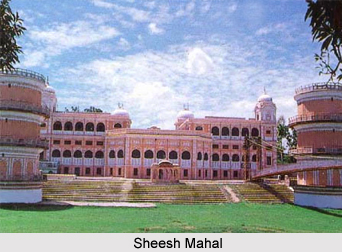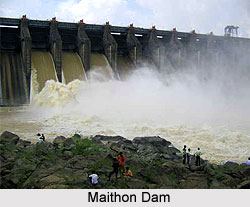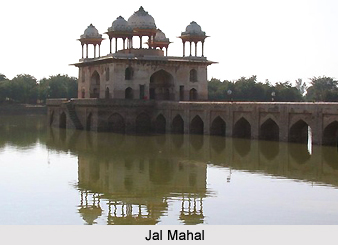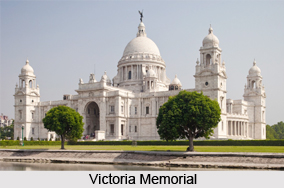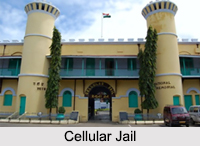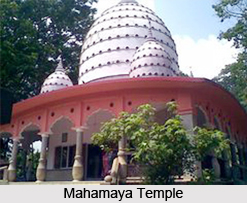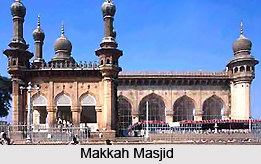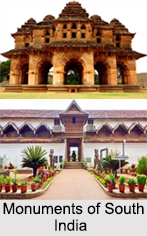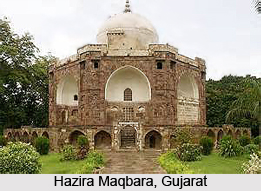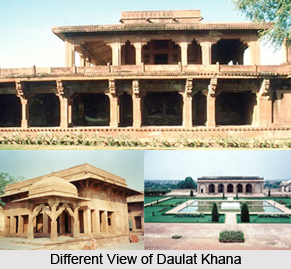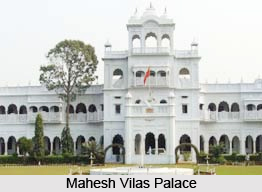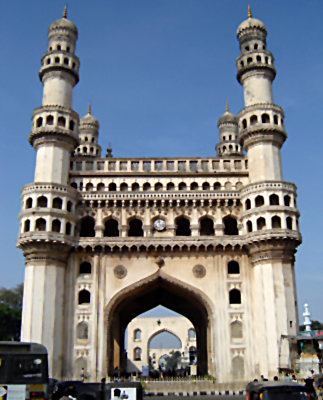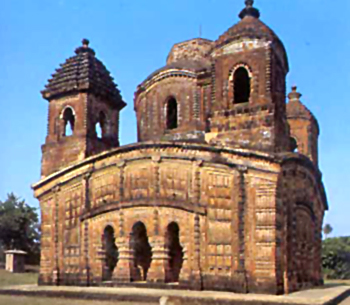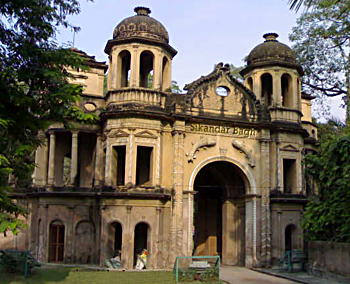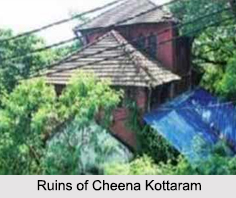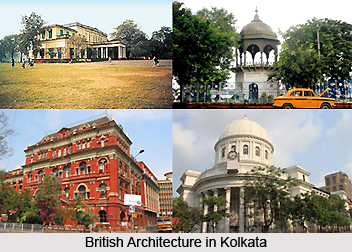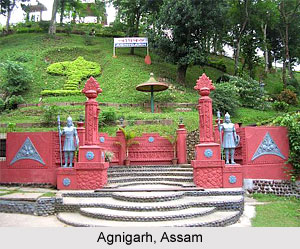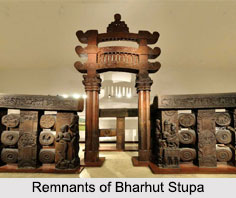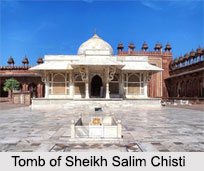 Tomb of Sali Chisti, one of the finest examples of Mughal architecture, is situated in the imperial complex at Fatehpur Sikri in Agra. The tomb, built in the year 1580, houses the burial place of the Sufi saint Salim Chisti; he was a descendant of Khwaja Moinuddin Chisti of Ajmer. Mughal Emperor Akbar built this shrine as a mark of respect towards the Sufi saint. Akbar"s son Salim (Jahangir) was also named after him as Salim Chisti foretold the birth of Akbar"s son. Fatehpur Sikri is enlisted in the UNESCO World Heritage Sites list. Devotees come to visit the tomb and fulfill their wishes. It is believed that tying a thread on the marble screens of the main tomb building serves as a constant reminder to the saint of their wishes. This tomb is also known for Child Birth Blessing.
Tomb of Sali Chisti, one of the finest examples of Mughal architecture, is situated in the imperial complex at Fatehpur Sikri in Agra. The tomb, built in the year 1580, houses the burial place of the Sufi saint Salim Chisti; he was a descendant of Khwaja Moinuddin Chisti of Ajmer. Mughal Emperor Akbar built this shrine as a mark of respect towards the Sufi saint. Akbar"s son Salim (Jahangir) was also named after him as Salim Chisti foretold the birth of Akbar"s son. Fatehpur Sikri is enlisted in the UNESCO World Heritage Sites list. Devotees come to visit the tomb and fulfill their wishes. It is believed that tying a thread on the marble screens of the main tomb building serves as a constant reminder to the saint of their wishes. This tomb is also known for Child Birth Blessing.
Architecture of Tomb of Salim Chisti
The Tomb of Salim Chisti is built on a 1 meter high platform with a flight of five steps towards the entrance. The tomb with a single semi-circular dome is located in the centre of the main hall. The entire tomb with an ivory-like appearance is enclosed with delicate marble screens on all sides, which are beautifully carved. The plinth is ornamented with mosaics of black and yellow marble, which are arranged in geometric patterns. An ebony "chhaparkhat" enclosure surrounds the marble cenotaph, which is usually covered by a green cloth. The door to the main chamber is meticulously carved with arabesque patterns and it also bears inscriptions from the "Quran". The carved and painted tomb chamber has a white marble floor, which is inlaid with multicolored stones.
Visiting Information to Tomb of Salim Chisti
Kheria Airport in Agra (40 km from Fatehpur Sikri) is the nearest airport to this spot. Agra Cant Railway Station is the nearest rail station (40km). National Highway 19 connects this town to all other major cities of India.
This article is a stub. You can enrich by adding more information to it. Send your Write Up to content@indianetzone.com.
